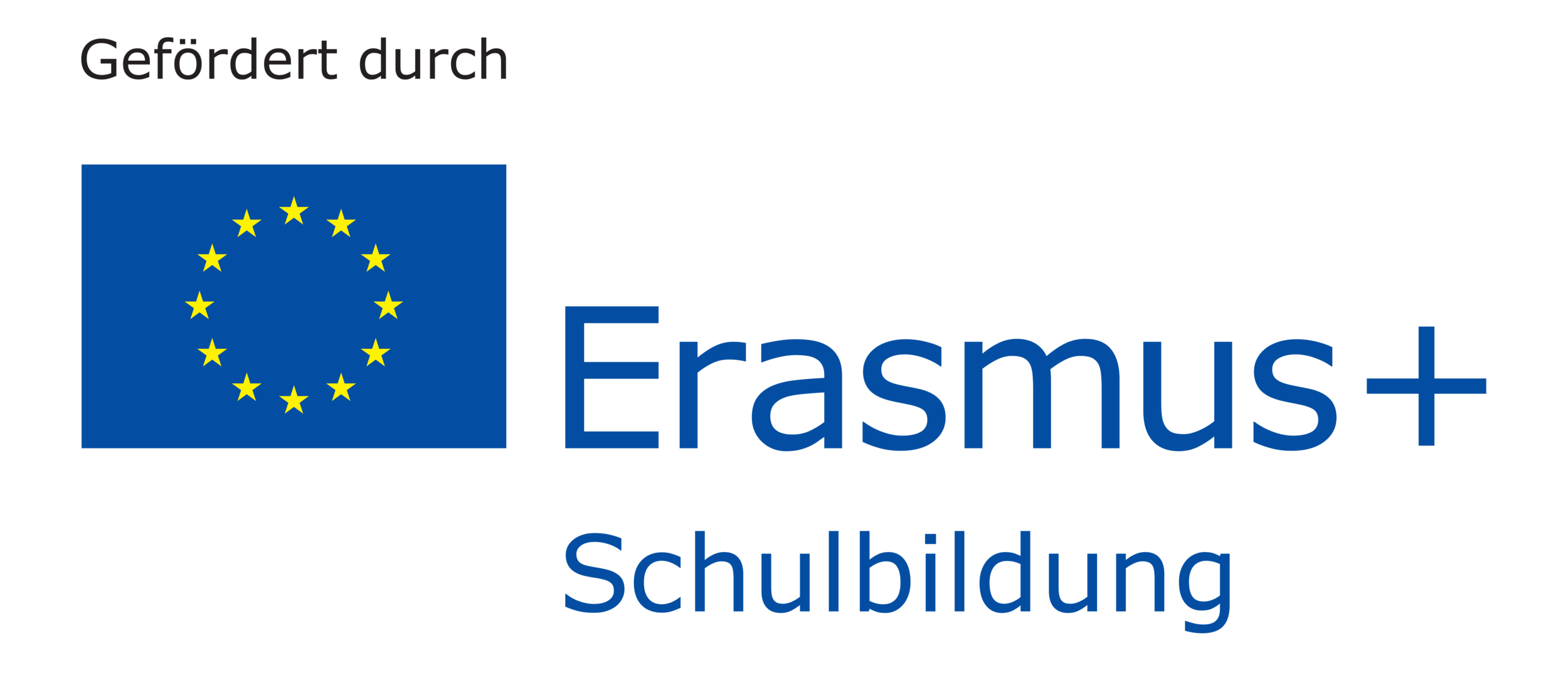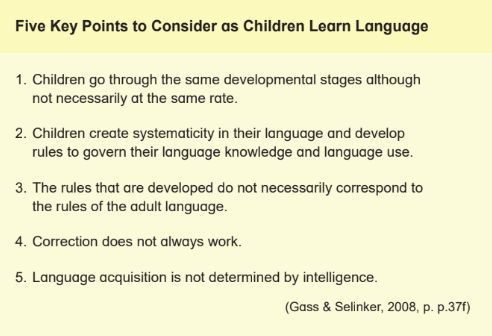Language Learning in Young Children
How do Children Acquire Language?
A child learns their first language early in life and they will most likely reach fluency in this language first. Although often referred to as “mother tongue”, this term does not represent the fluid nature of languages and the ability to acquire more than one language simultaneously. Speaking of languages in fixed terms with clear distinctions between the languages disregards the hybridity and uniqueness of linguistic influences throughout a child's life.
The process of learning an additional language can be referred to as “second language acquisition”. Your child might learn another language during their time in kindergarten. This usually happens in two ways: Either through a natural, non-instructive way, usually occurring at the same time as the child's first language acquisition, or through an instructive way of learning, which usually refers to class- room teaching in a group context. The latter being more common with older children in school. Although it is a complex subject, learning a first and second language at an early age is a natural process and does not necessarily lead to diffi culties in acquiring language in general. Your child is the one who leads and controls the pro- cess of language acquisition, and the family can be a guiding and supportive factor in the process. Most of the time, children can acquire several languages without difficulties, depending on their environment and their cognitive predisposition (Fillmore, 1991).

